8 Types and Varieties of Most Famous Fig Trees
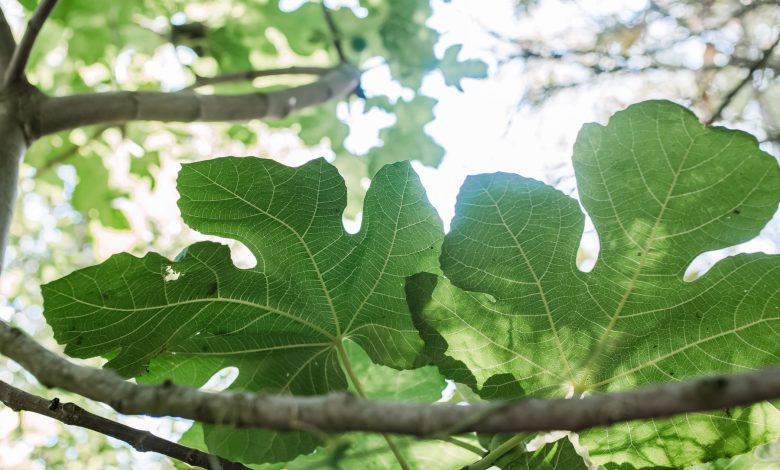
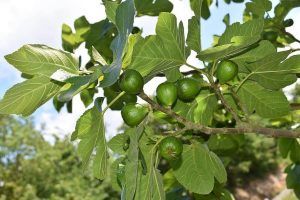 The fig tree is a deciduous fruit tree closely linked to the Mediterranean basin, which in Spain has traditionally been cultivated in dry land and on plots of small land or as scattered trees.
The fig tree is a deciduous fruit tree closely linked to the Mediterranean basin, which in Spain has traditionally been cultivated in dry land and on plots of small land or as scattered trees.
Extremadura is the most important Autonomous Community in terms of area and production, with more than 6,000 hectares of crops and a production of 6,000 tons.
The fig tree, whose fruits ripen in August and September in the northern hemisphere, is native to Central Asia, and its fruit can be consumed dry, fresh and processed.
As the fig has an excellent flavour, it has spread throughout the world, thanks to its antiquity and the ease of propagation by woody cuttings, which has made it possible to obtain a great variety of the product that is expressed in the different species, some of which are which are the following:
brown turkey
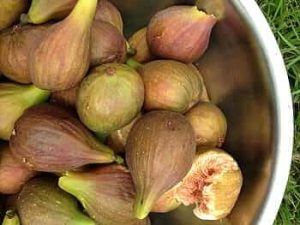 It is a very productive biferous variety -two harvests per year- produced by the Ficus elastica or Gomero. It belongs to the genus of large figs with an average weight of up to 90 g.
It is a very productive biferous variety -two harvests per year- produced by the Ficus elastica or Gomero. It belongs to the genus of large figs with an average weight of up to 90 g.
Figs ripen from the end of July to the end of September. It is pear shaped. It is native to France and Italy and is currently produced in Italy, Israel, and California.
Its skin is dark red, it has juice and its taste is sweet.
Light blue
uniferous variety. It is a common fig-type cultivar from Mexico and California. It is available from November to January. Its skin, which is light brown to purple, turns purple when ripe, but the flesh remains pink and its flavor is exquisite, very sweet.
Saree Lob
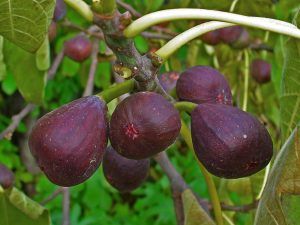 Fig of the smyrna unifera type whose foliation occurs at the end of March; its fruit is pear-shaped, and is 4 to 6 cm long.
Fig of the smyrna unifera type whose foliation occurs at the end of March; its fruit is pear-shaped, and is 4 to 6 cm long.
It is grown in France and Israel, with significant development also in the Mediterranean and in Turkey, where studies are being carried out to extend the harvest period with fresh figs.
The skin is yellowish purple and the flesh is purple; its flavor is very sweet and aromatic.
albacore
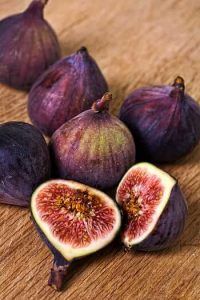 Common fig type, ficus carica bifera, native to the Balearic Islands, which produces figs in spring – summer and figs in summer-autumn, adapted to dry conditions. Figs oval, dark purple. Weight 40g.
Common fig type, ficus carica bifera, native to the Balearic Islands, which produces figs in spring – summer and figs in summer-autumn, adapted to dry conditions. Figs oval, dark purple. Weight 40g.
Brevas ripen from late May to mid-July and figs, dense and firm, from August to September. Deep red fleshy pulp, with many seeds; sweet flavor and elegant aroma.
Strain
Variety of fig native to the Valencian Community, known by farmers as ‘negra’ or ‘florancha’; it is a step forward from the albacor variety.
It has been chosen by the Elche Agricultural Experimental Station for its intensive cultivation of black figs for commercial purposes, due to its excellent taste qualities and its successful productivity.
It is valued for the quality of its figs, which are of a good size, rounded and black in color.
Verdal of Oriola
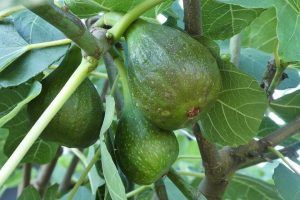 Type of common fig ficus carica unifera, fertile, green in pendulum shape.
Type of common fig ficus carica unifera, fertile, green in pendulum shape.
Medium tree with slow development, which is cultivated in the Balearic Islands, in the Albaida Valley of the Valencian Community, and in the Maresme region, in Catalonia.
It is late ripening so we can enjoy it until November, although the autumn rains can spoil the fruits.
hard hide
Originally from the Balearic Islands, it is also known as bull skin; it is a variety of the albacor fig, with fruits of hard black skin, which ripen during the autumn; important production of figs and figs adapted to dry conditions.
black muscat
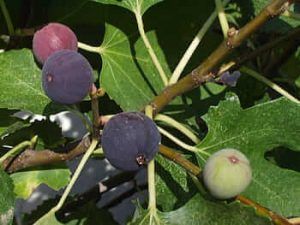 It is a variety native to Castilla-La Mancha, but it is also produced in the province of Ávila. Biferous variety, with medium production of brevas and figs.
It is a variety native to Castilla-La Mancha, but it is also produced in the province of Ávila. Biferous variety, with medium production of brevas and figs.
Medium-sized, round, dark purple-violet, early-ripening fruits. Ideal product to be consumed fresh. It is highly requested in the markets of Madrid.

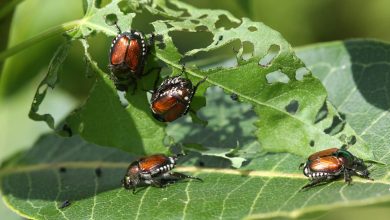
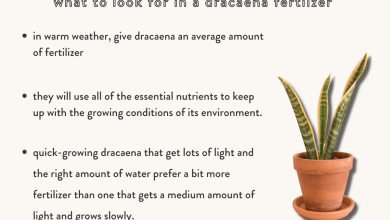
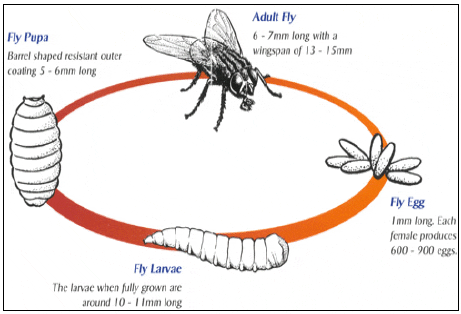
![Photo of Ambulia: [Care, Characteristics, Cultivation, Substrate and Pests]](https://www.complete-gardening.com/wp-content/uploads/2021/06/características-de-la-ambulia-390x220.jpg)